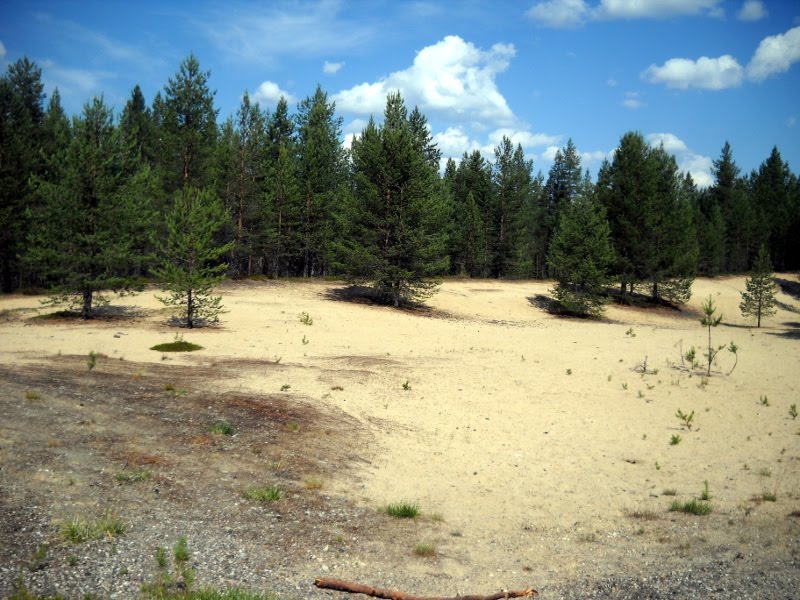Hi, I wanted to hear your thoughts on amending pure sand with organic nutrients to make it sustain cannabis. The idea is to use as little compost as possible and make it work with stuff you can carry around in your backpack.
I'm not asking if it can be done (it can), or if it's worthwhile. I'm asking how to make the best of it.
So, if you were held at gun point and were forced to prepare a 1m² or 10ft² guerrilla plot on plain sand, how would you go about doing it?
I'm visualizing a reproduction of a short autoflower variety. Minimum maintenance, somewhat rainy climate.
You are allowed to use a maximum of 15 liters of compost or soil (crucial) and 5 kilograms of nutrients, guano, chicken shit, char coal, bone meal, lime, anything. Why not water storing crystals too. How would you go about growing at least 5 plants to maturity with minimal maintenance?
I'm not asking if it can be done (it can), or if it's worthwhile. I'm asking how to make the best of it.
So, if you were held at gun point and were forced to prepare a 1m² or 10ft² guerrilla plot on plain sand, how would you go about doing it?

I'm visualizing a reproduction of a short autoflower variety. Minimum maintenance, somewhat rainy climate.
You are allowed to use a maximum of 15 liters of compost or soil (crucial) and 5 kilograms of nutrients, guano, chicken shit, char coal, bone meal, lime, anything. Why not water storing crystals too. How would you go about growing at least 5 plants to maturity with minimal maintenance?




